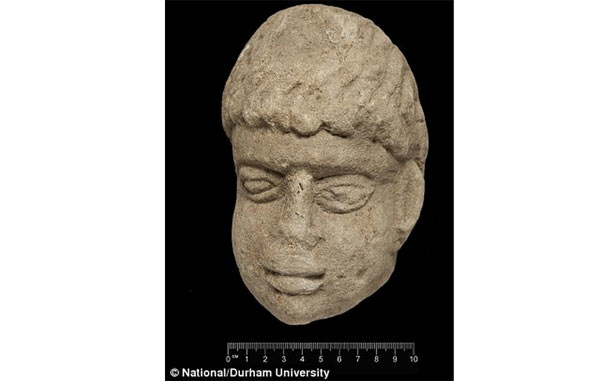Archaeology student uncovers 1,800-year-old Roman god statue
A teenage archaeology student from Durham University has uncovered an 1,800-year-old sandstone head of a possible Geordie Roman God during a dig at the Binchester Roman Fort, once the largest Roman fort in County Durham.
Alex Kirton, a first year student studying Archaeology and Ancient Civilisations, was helping to excavate a Roman bath house site when he stumbled across the ancient artefact, which measures 8 inches by 4 inches.
“I know that I may be an archaeologist for the rest of my life and never find something this significant again, but it’s incredibly exciting to have been the person who uncovered it” said Kirton.
It is believed that the head represents the war-like Antenociticus, a Celtic god that was worshipped by troops preparing for battle as it bears a striking resemblance to another head found at Benwell, Newcastle upon Tyne in 1862, complete with an inscription identifying it as Antenociticus.
To date, Antenociticus has only been found at this one site in Britain, the fort of Condercum, on Hadrian's Wall, where three altars to the god were found within the ruins of a small temple. This god is not mentioned on any known Roman altarstones from the continent, and is therefore thought to be a native British deity.
Dr David Petts, archaeology lecturer at Durham University, believes that the head was dumped as rubbish when a Roman bath house fell out of use, and lay hidden waiting to be discovered. Excavations on the site are ongoing with more discoveries likely to be made in the near future.



















